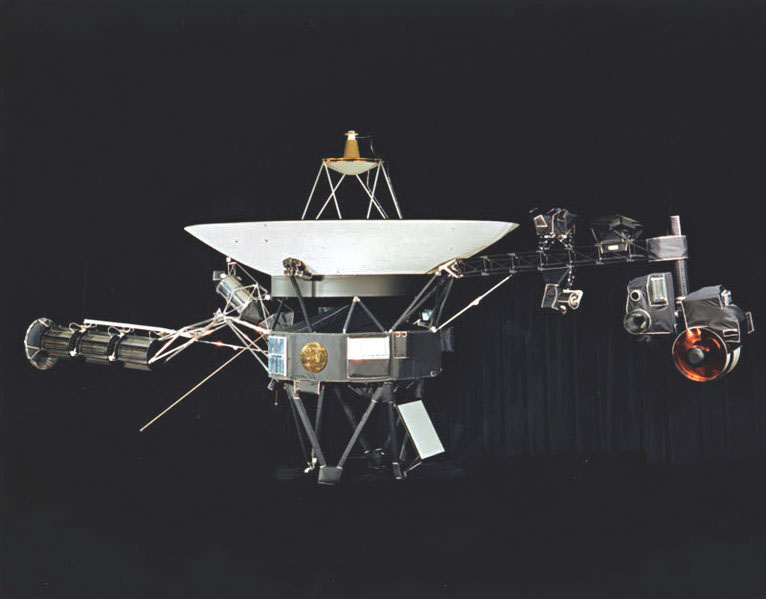It's 36 years since Voyager 1 was dispatched in 1977 on a mission to send back images of Jupiter's turbulent atmosphere and volcanic eruptions on one of its moons, Io. Then it was due to travel on to Saturn to examine that planet's intricate system of rings and moons. But after traveling more than 18 billion km, where is Voyager now? No one, it seems, knows for sure.
NASA scientists including Edward Stone, the father of the program at NASA's Jet Propulsion Laboratory in Pasadena, say Voyager 1 has yet to pass beyond the reach of our sun's radiation. But a controversial study published last week in the Astrophysical Journal claims NASA scientists misinterpreted magnetic field data and the satellite passed beyond the boundary known as the heliosheath a year ago. Put another way, Voyager 1 has left the solar system.
According to Marc Swisdak, an astrophysics researcher at the University of Maryland and lead author of the study, Voyager 1 made that giant leap on July 27, 2012, when it recorded a permanent drop in heliosphere-produced particles and an increase in galactic cosmic rays from outside the solar system.


















With your current subscription plan you can comment on stories. However, before writing your first comment, please create a display name in the Profile section of your subscriber account page.